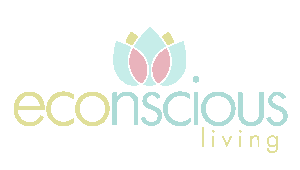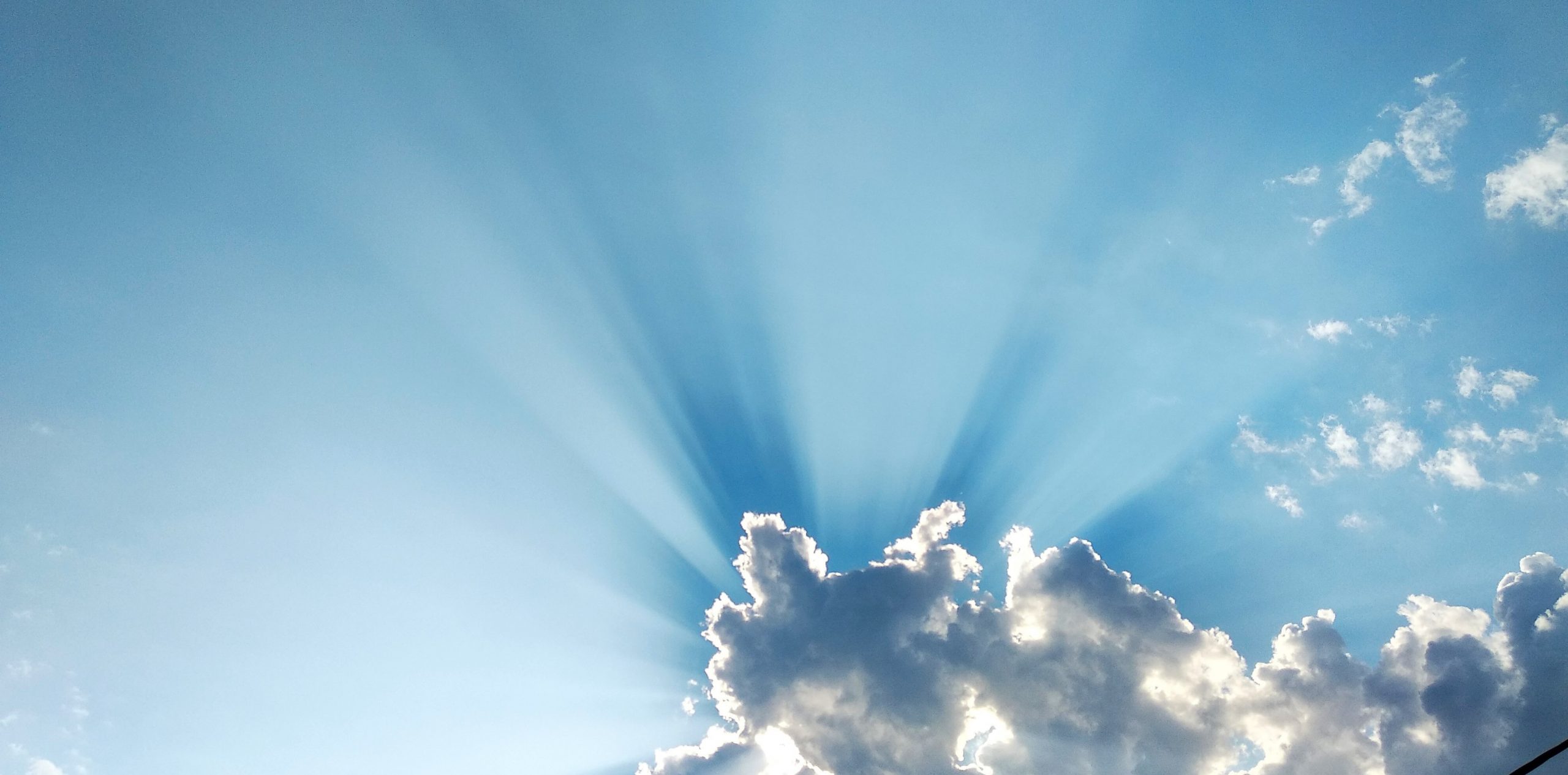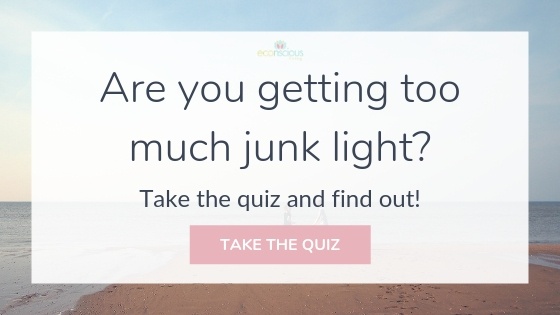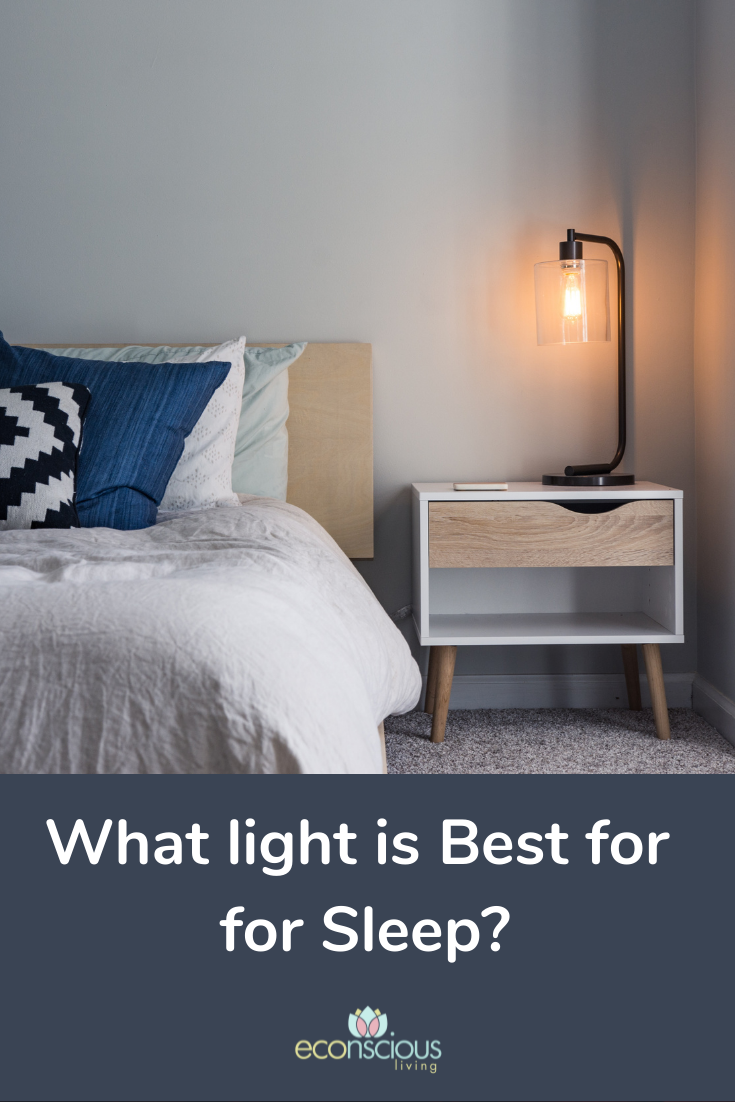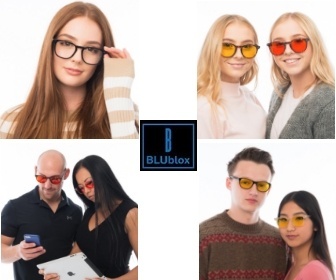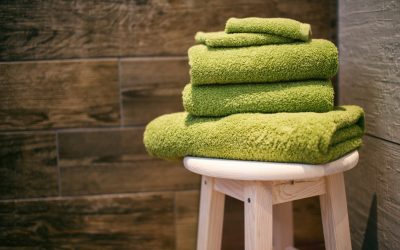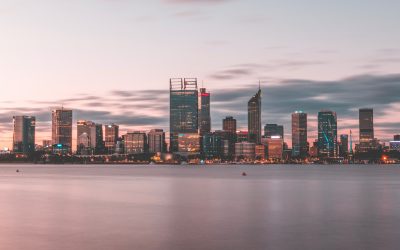What light is best for sleep?
Finding someone who sleeps really well is a rarity these days.
I’ve spent years working on my sleep in the aftermath of my firstborn who suffered from ongoing night terrors. Sleep disturbances can be multi-factorial and the causes painfully hard to identify. But what most of us don’t appreciate is that the quality of our sleep is very closely linked to our light environment: day and night. Fortunately, this is something we absolutely can control. What light is best for sleep? Let’s jump into it, shall we?
How Morning Sunlight Helps Us Sleep Better
Firstly, if you start thinking about light at the end of the day, you’ve missed the boat.
Melatonin our sleep hormone is created during the day, not at night, when it’s simply released.
Back in the pre-light bulb era we received cues from the presence and absence of natural light, just like we do nowadays if we go camping. However, on a day-to-day basis, most of us are at a complete mismatch with these natural cycles because of the near-constant presence of artificial light in various forms in our homes.
We no longer wake with the sunrise in our eyes or go to sleep in pitch-black surroundings after sunset. Instead, most of us go to sleep and awaken to an LED screen or light of some sort.
Fixing your light environment is one of the simplest solutions to poor sleep.
But before I tell you what light is good for sleep, let me first of all help you understand how our health and sleep is very much dependent on natural light.
Early in the morning your eye, and ideally your skin too, should receive cues from particular light frequencies that switch on bio-electrical processes in each and every one of us. Each frequency from the sun including blue, red, infrared, UVA and UVB play a specific role. Sadly, we never really hear about the critical role these frequencies play in our sleep and health, only how bad UV light is (far from the truth I might add but that’s a blog for another day).
Due to bad press, most of us shun the sun and in doing miss out on an endless list of benefits that reach way beyond vitamin D (made from UVB).
So, what benefits do we miss out on by staying out of the sun and covering up our eyes and bodies with sunscreen and sunglasses? And how are these linked to good sleep?
The electrical signal from the sun once it hits our naked eye is sent directly to our brain. From there a plethora of hormones and neurotransmitters are released that make us feel good. The blue light from the sun releases a cortisol/stress response that wakes us up like the rooster heralding a new day. This sets our circadian rhythm (internal clock) for the day.
RELATED: The Health Benefits of Morning Sun
Whilst most of us are probably aware that blue light wakes us up, few of us appreciate that early morning UVA and IRA light once it hits our eyes and skin makes melatonin.
We’ve known for a few years that the eye has melanopsin receptors for capturing blue light but it was only in 2017 we discovered that the skin has melanopsin too. Hence, you really need your ‘skin in the game’ not just your eyes when you go outside. Wearing contact lens’ will also negate much of the benefit.
Whilst our melatonin is very low during the day, four hours after complete darkness it is actually released.
In bygone days sunset would have signaled darkness but nowadays it is four hours after putting your phone down, switching off the TV, or turning off the lights.
It’s not surprising then that most of us don’t get enough deep sleep. Deep sleep predominantly occurs in the first half of the night.
Can you see how delaying melatonin release until four hours after screens/lights out (not sunset) will destroy your deep sleep?
Can you also see how even really dim lights (8-10 lux) in your bedroom will upset the release of melatonin?
There are all sorts of wearable devices out there that attempt to measure your sleep stages (I use the Oura ring on airplane mode). But if you are not waking refreshed it’s probably all you need to know that light is affecting your sleep.
Pin this post for later!
Artificial Light – Lights To Avoid For Good Sleep
The problem with any type of screen, LED lights or fluorescents is that they emit an extraordinarily unnatural wavelength of light mostly in the blue and green wavelengths.
Here is an example (Figure 1) of the output from a typical fluorescent light bulb using the light spectrometer I use in my light quality assessments. If you hate the light from fluorescents now you know why. These spikey green and blue wavelengths are just not natural. The absence of red light is also not natural. Figure 2 is not too dissimilar and is the light spectrum from an iPhone SE2 LCD screen.
The spectrum from LED lighting varies a bit but is also ‘spikey’ and is just as bad for your health and sleep.
Our eyes and brains are at a complete mismatch with the wavelengths from these artificial lights. Our eyes never see “spikes” like these in nature. When we have lots of natural blue and green light outside it is always counterbalanced by the therapeutic, healing red light. Always. As shown in Figure 3.
But if you look at these wavelengths from artificial light (Figure 1 and 2) compared with natural outdoor light (Figure 3), you will see that energy-efficient lights remove most of the red wavelengths (to save energy!). Of course, after sunset there should be no blue or green light at all because it keeps you awake. A better type of light would be similar to Figure 4 which is more typical of a halogen or incandescent light with lots of red light but little blue and green.
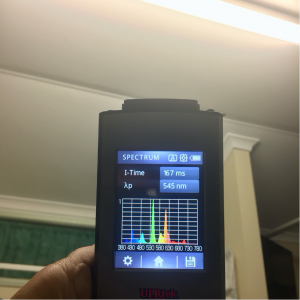
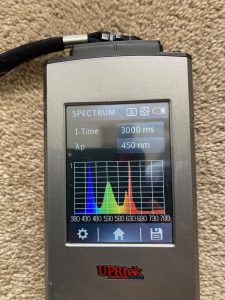
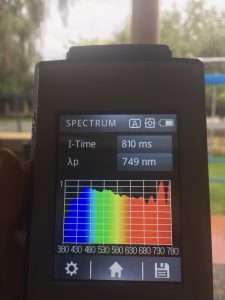
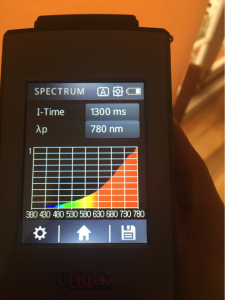
Flicker – what is it?
Flicker is another good reason to avoid fluorescent lights and LEDs (Figure 3). But you also get flicker from our computer monitors, phone and tablet screens.
Light flicker is caused by Pulse Width Modulation (PWM).
PWM reduces the energy usage and brightness of our computer screens and lighting by turning on and off at high-frequency, hundreds of times a second.
Almost all computer monitors use PWM. This continuous on and off of the backlight or general lighting causes our eyes to contract continually. We don’t consciously register this but our eyes get fatigued adjusting to the different light leading to eye strain, eye pain, headaches and even tight neck and shoulder muscles.
To get an appreciation of what the flicker rate of your screens and lights are set your phone to slow-motion video and press record – you can easily see the flicker – it’s not good.
Now, I have to mention that any light connected to an AC power supply will flicker. However, incandescent and halogen light have a much lower flicker rate than LEDs and fluorescents. All conventional lights will flicker unless you are getting your lights from one of the specialty shops I mention below. But take it from me, unless you have gone out of your way to buy flicker-free bulbs they won’t be flicker-free.
Energy-saving light bulbs may save you some pennies but are the health impacts really worth it? Let’s find out.
How Artificial Blue Light Affects our Sleep
I mentioned earlier that blue light wavelengths from the sun wake us up. This blue light crescendos throughout the day but wham-bam it’s gone completely around sunset.
But then what happens?
We turn on our blue light screens and lights. This tricks our brain into thinking it’s 12 noon when it’s really midnight. Then we can’t sleep or we sleep poorly.
Melatonin won’t come out to play until we have four hours of complete darkness.
Can you see your hand in front of your face when you turn out the lights at night? If so, your room isn’t dark enough. Even the dimmest of lights affect our sleep.
But the blue light sleep issue is not just confined to nighttime. Artificial blue light at any time along with the light flicker prevalent in the lighting in our homes, offices, hospitals, gyms, and schools over time destroys the blue light receptor melanopsin in our eyes. This in itself lowers our production of melatonin. Furthermore, the older you are, the less efficiently you make melatonin.
To remedy this get more sunlight, not less, and reduce your artificial light as much as possible.
There are much healthier light options and we will get to that soon.
The Effects of Poor Sleep
The effects of poor sleep are many: low mood, irritability, car and workplace accidents, links to cancer etc.
But one important area where we are seeing growing research is the relationship between poor sleep and brain degeneration.
Poor sleep affects ‘autophagy’ which is the body’s way of cleaning out old or damaged cells to regenerate new, healthy cells. If your sleep is disturbed then this process of “washing the brain’ during deep sleep malfunctions and you get a build-up of toxic damaged proteins in the brain. This affects memory pathways and sadly is linked to one of the fastest-growing diseases worldwide Alzheimer’s disease.
Is that incentive enough for you to improve your sleep?
What is the Best Light for Sleep?
Use these environmental lifestyle hacks as well as those from my previous blogs on blue light to improve your sleep tonight.
Daytime Hacks
• Put the sunglasses and the sunscreen aside, and get outside with your cup of tea as close to sunrise as possible. Full marks if you do it in your birthday suit (or close) and with your bare feet touching the earth. Do it even if it’s cloudy and before you turn on a light or look at your screen. The closer to sunrise and the longer you stay outside the better but if three minutes is all you can manage just do it!
• Keep your overhead lighting off during the day and instead open up your windows and doors to allow natural light frequencies to hit your eyes and skin.
• If you have a dark home consider working outside or alternatively get yourself some amber/yellow lights for daytime use.
• Place an infrared/red light on your office desk – this will offset the blue light toxicity you get by merely being inside. Even with all your lights off there is still an excess in blue light because you are blocking some of the natural red frequencies that occur in nature that offset and counterbalance the blue.
Blue Blocking Glasses
• After sunset use good blue-blocking glasses: note at night they must be red in colour (not clear, yellow or orange) – red glasses block both the blue and green frequencies both of which upset your melatonin and sleep.
• During the day, especially if you work in an office, the clear blue bocking glasses which allow some blue light through are appropriate because we are naturally exposed to more blue light during the day but at night they should always be replaced with red. If you can only afford one pair buy red. If you have prescription lenses then you can have your blue blockers made up accordingly by a specialist such as Bon Charge (BLuBLox).
• I’ve tested quite a few glasses that clients have bought at optometrists and sadly most of them are close to useless when it comes to blocking blue light. Best buy them from a specialist shop such as Block Blue Light or Bon Charge that really understands light.
Screens
•Download Iris Mini if you have an Android phone or use this clever hack if you own an iPhone. At night you should always turn down the brightness on your phone in conjunction with blue bocking software. Iris Tech software can be downloaded to Apple MACs and PCs and not only adjusts for blue light but also corrects screen flicker. If you are going to use a screen of any type at night then you absolutely have to use this software. Whilst most phones now have a ‘nightshift’ mode which is certainly better than nothing it is way inferior to the Irish Tech software.
•The newer OLED TV screens are best for light quality. However, some TVs also have light quality settings so have a play in your Settings Menu as this will help to some degree. Blue blocking glasses will of course help with the blue light from TVs. However, flicker is a huge problem with TVs and OLEDs are usually the best option in this regard. To reduce flicker keep your brightness setting on high. Blue blocking glasses will not help with flicker.
•Blue blocking and flicker-free computer monitors are now available but they are expensive. Iris Tech software is usually more practical because it also adjusts for flicker. Apple MACs do not tend to flicker as long as you keep your brightness setting on high (yes, don’t turn it down!).
How To Choose Healthy Lighting
•Once the sun has set avoid the use of artificial lighting and where necessary only use amber or preferably red healthy globes. Amber or yellow coloured bulbs will block blue light mostly but they allow green wavelengths through which is also known to disturb melatonin. This is ok during the day because we are naturally exposed to more of these frequencies during daylight hours but at night, especially in bedrooms, you want to block both blue and green wavelengths by using red bulbs.
•Fluorescent light or CFL (‘curly’) light bulbs give off a completely unnatural light and they also contain the toxic heavy metal mercury. Look at replacing them as a priority especially if they are used in your living rooms, kitchen or bedrooms.
•You can source healthier LEDs but you need to know what to look for. You want to choose lights that come close to resembling daylight similar to an incandescent light bulb (now hard to find). Healthy globes should have a Colour Rendering Index (CRI) of 95. A CRI score of 100 is similar to daylight at noon. The CRI indicates how close the colours in a certain light source represent the true colour of the object.
•Only buy LEDs that have a warm colour temperature of 2700 kelvins (k) or less (similar to the colour temperature of incandescent light bulbs). At night the lower the better. Most conventional LEDs are horribly ‘cold’ in temperature ranging from 2700k to 5500k.
•Whilst you can source LEDs with decent CRIs and colour temperatures you will still be left with the issue of flicker unless you buy from the specialty shops I mention below.
•If you want to save yourself the headache of checking all these specifications then there are a couple of fantastic online one-stop-shops for healthy lights including Block Blue Light and Bon Charge (use code Econscious for 10% off at Bon Charge (formerly known as BLublox). Block Blue Light even sells the first of a kind flicker-free healthy LED downlights that don’t emit blue light and are low EMF. They stock various amber/yellow and red globe options including red light therapy panels and blue-blocking glasses. We use their ‘no blue’ night lights and booklights which are great for nurseries and children’s bedrooms.
Night Time Hacks
• After sunset switch off your overhead lighting and use lamps with incandescent, amber, or red globes, or better still candles or firelight (camping style!).
• Use healthy red globes where ever you can but especially in your bedrooms or bathrooms so that if you get up during the night your melatonin and sleep aren’t disrupted. Amber/yellow coloured lights are better to see and read with. I use a mixture of the two depending on the use.
•In nature, red light disappears after sunset. So, if you are going to choose between red light and no light, choose the latter. No light is always better.
•Cover up any little pesky lights in your bedrooms with electrical tape eg AC units, fire alarms, radios (this is also a great hack for hotel rooms).
•If you have LEDs or fluorescent lighting (including CFLs – the curly light bulbs) you really need to minimise their use for short periods of time after sunset. Using dimmer switches will improve the quality of lighting (but it increases dirty electricity).
•Use block-out curtains to maintain a pitch-dark bedroom and if this isn’t possible get yourself a really good sleep mask.
•If you work late either inside or outside under any sort of artificial lighting you really need to do everything you can to improve your light quality at work, for eg., use blue-blocking glasses, peaked caps, blue light software, red lights. Go home to a super dark home and try using a cold shower/pool or hot sauna to shut down that cortisol/stress-inducing response to blue light which will keep you awake.
Finally!
To fix your sleep problem you need to get enough morning sunlight to make melatonin and enough darkness to release melatonin at night.
We are solar beings and a good night’s sleep depends on it.
For an in-home or phone consult on how to make changes to your lighting and improve your sleep, book a consult here.
Related Posts
Why You Should Have a Home Sauna for Better Health
Quite simply if there was a pill that did ALL the things that research is showing us saunas do, you would be taking it. Here’s why and my recommendations
Quick Guide to Wifi Radiation Protection in Your Home or Office
Want to reduce your exposure to EMFs in the home? Follow this quick guide to WiFi radiation protection and take action today! Start reading
5G in Australia & How You Can Protect Your Health
You’re going to hear a lot about the 5G rollout in Australia over the coming years but the EMF effects on health isn’t a new topic – you need to know this.
